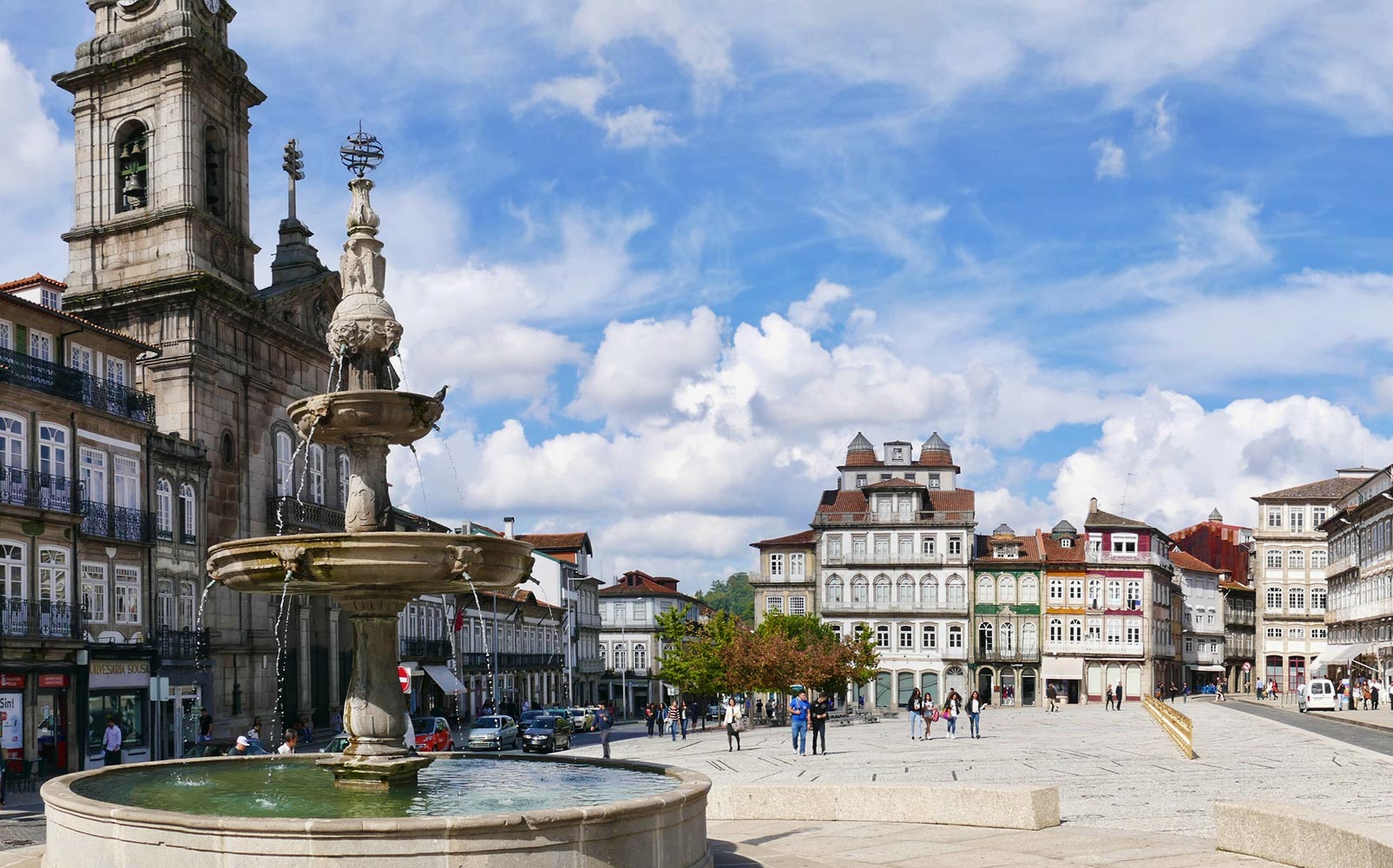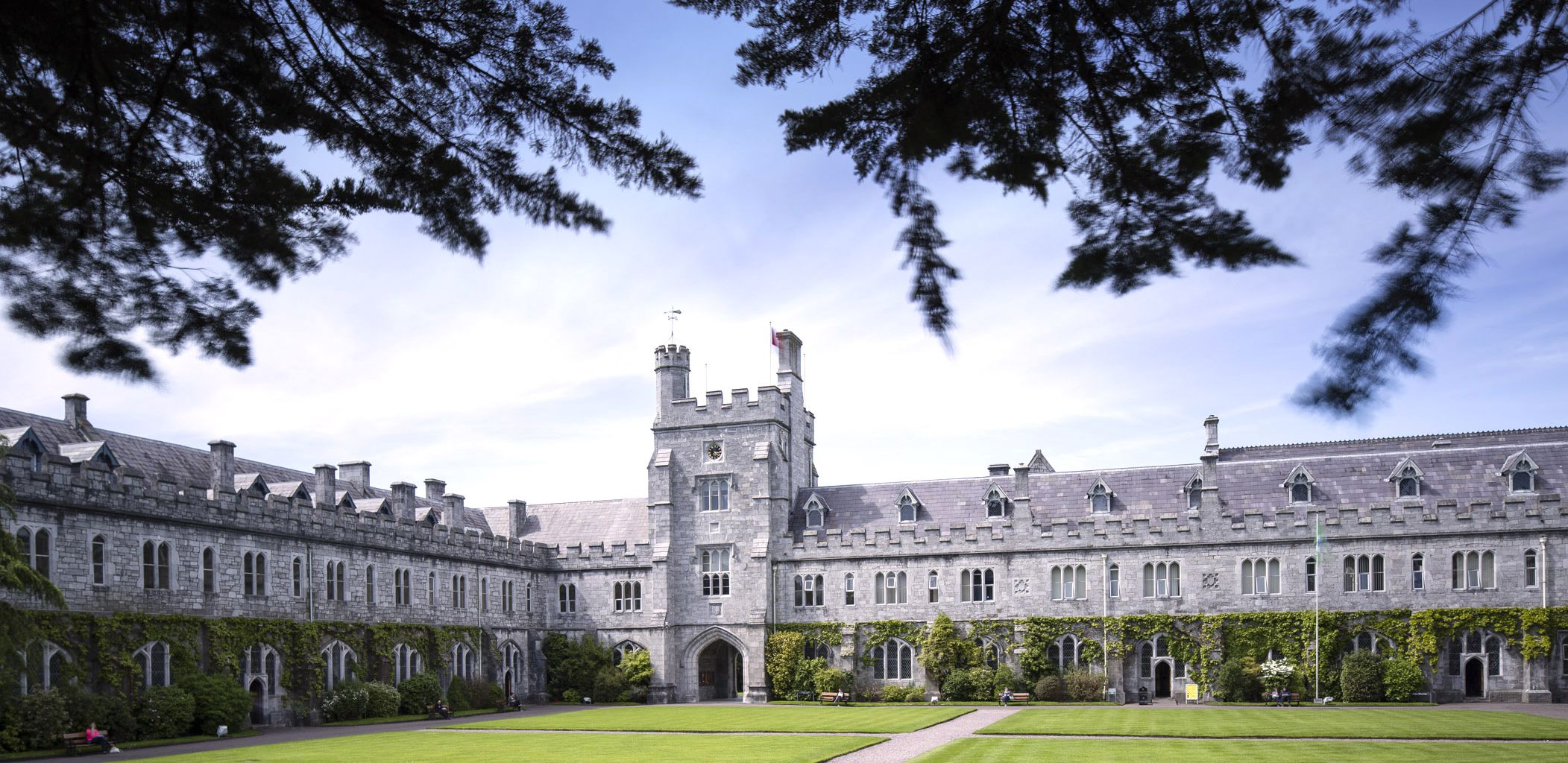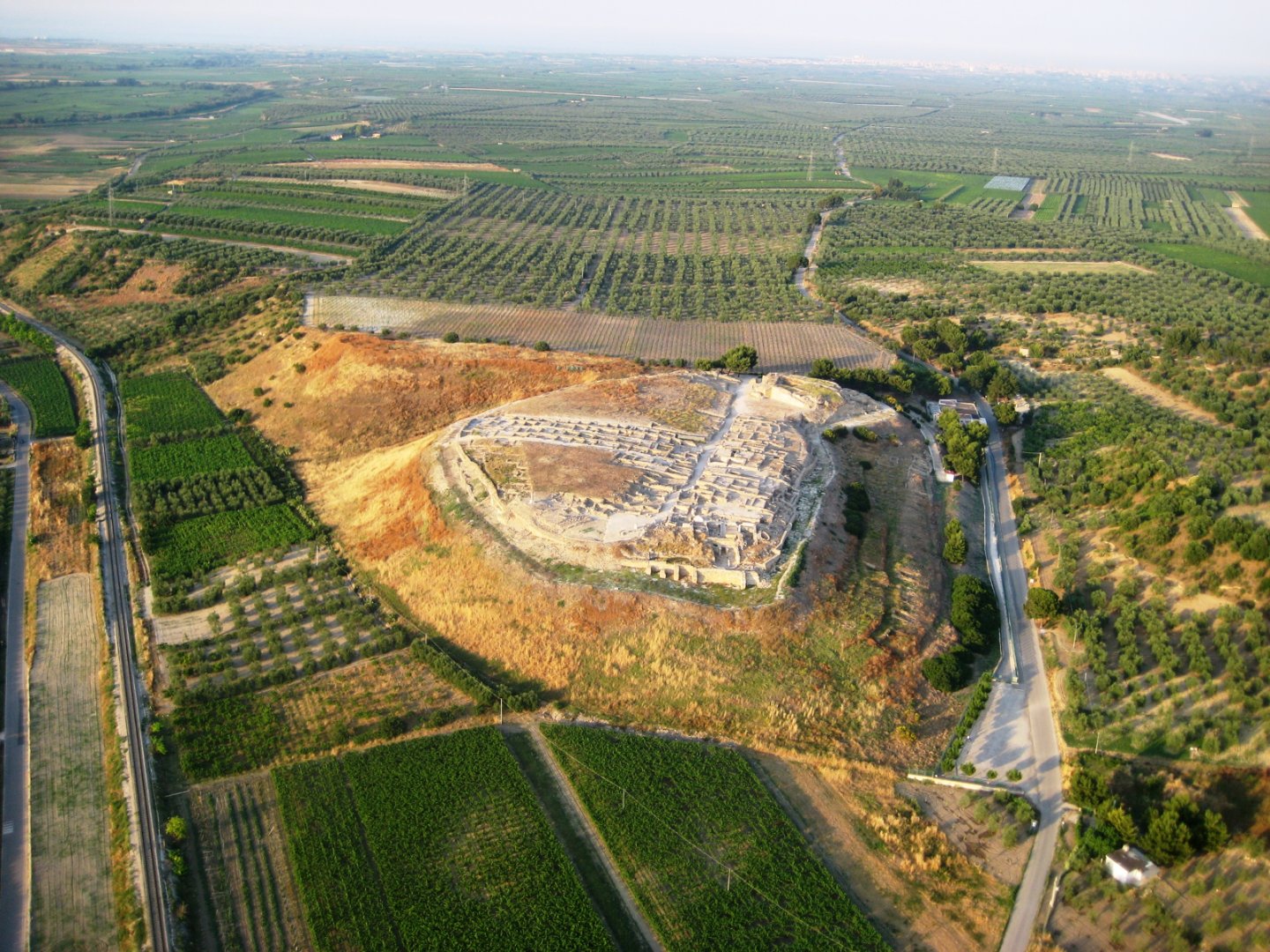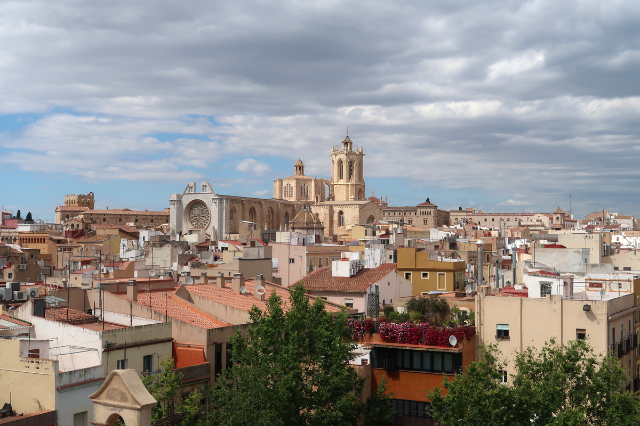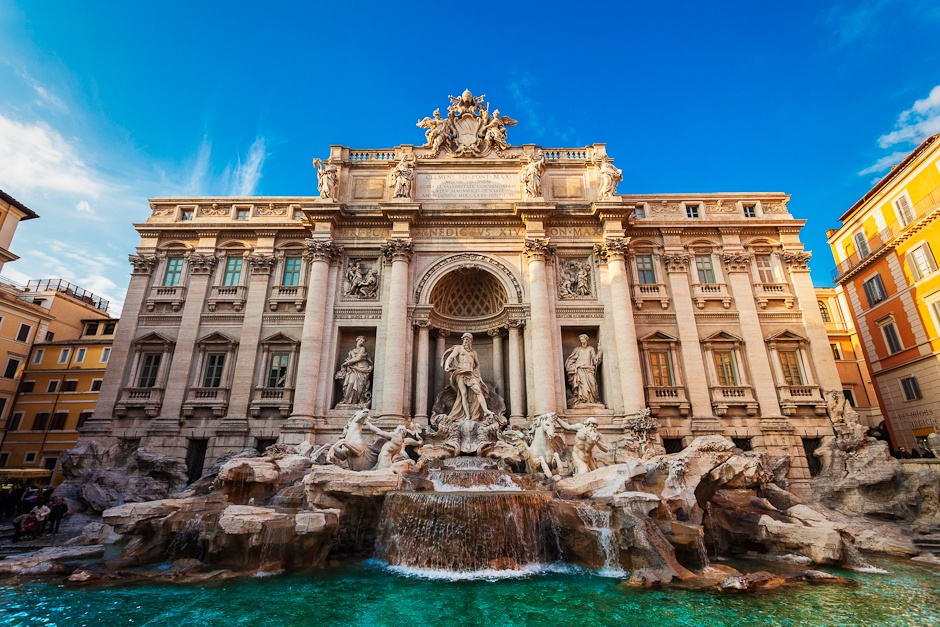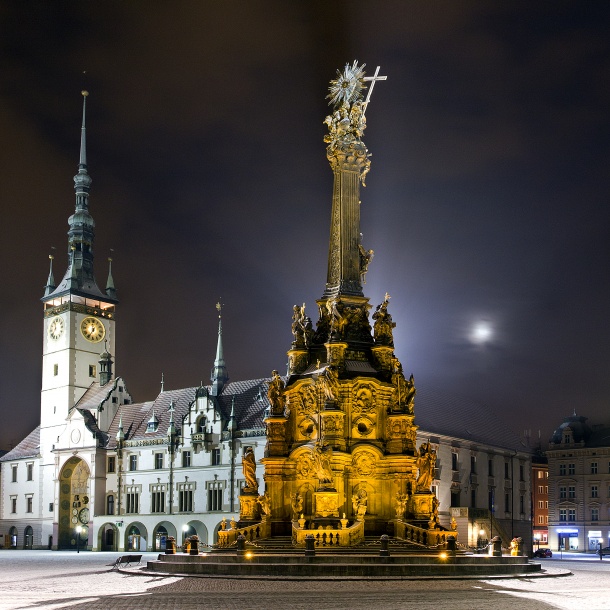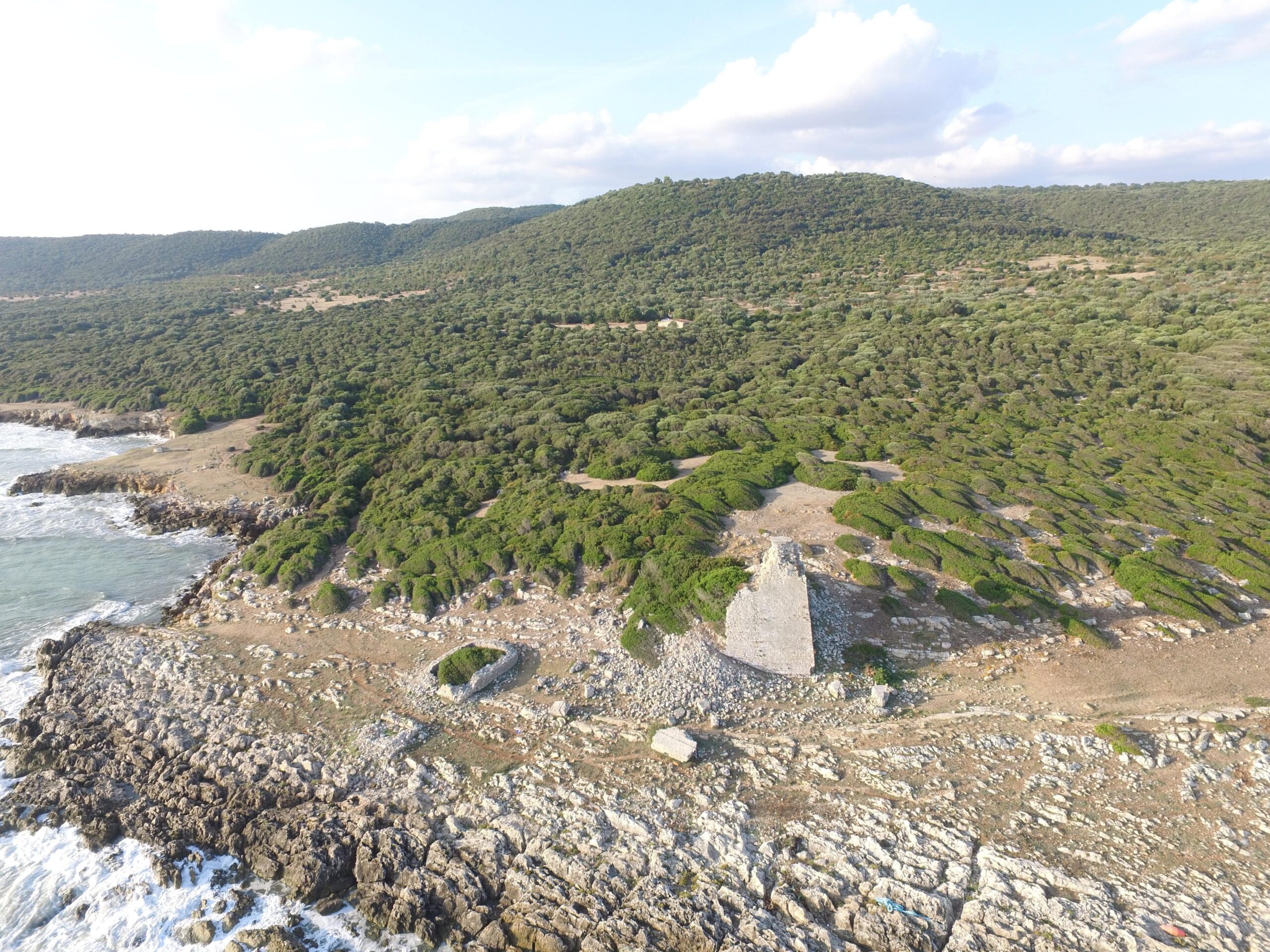Linked to the formation and identity of Portugal, the historic centre of Guimarães, in the area between the walls, has been classified as a World Heritage Site by UNESCO on the basis of the values of originality and authenticity with which it has been restored. The city retains a harmonious and well-preserved architectural heritage, which can be seen in the elegant iron balconies, granite terraces and loggias, the arches connecting the narrow streets, the paved streets consumed by time, the towers and cloisters. For a moment you feel transported to the Middle Ages, when the nobility built their residences such as the Mota Prego house, the Palácio de Vila Flor, de Toural and many other palaces that give Guimarães a unique atmosphere.
The visit can start from the heart of the lower town, the largo da Oliveira, the square where the Padrão do Salado, a Gothic shrine, stands, and the Igreja and Colegiada de Nossa Senhora da Oliveira, a collegiate church that contains the remarkable Museu Alberto Sampaio. Passing by the Paços Municipais, a municipal palace garnished with blackbirds, you arrive at the Praça de Santiago, the square that in the Middle Ages welcomed pilgrims on their way to Compostela, just as today it welcomes citizens and tourists in restaurants and bars with outdoor tables. On Rua de Santa Maria, the street leading to the upper town, you will find the Convent of Santa Clara, Casa do Arco and other noble houses.
We go up this street, or the Av. Alberto Sampaio, the avenue flanked by the remains of the ancient walls, which continue in the upper town between the Paço dos Duques de Bragança (Palace of the Dukes of Bragança) and the castle, until we reach the hill, where we find the already mentioned palace, a monument of the 15th century, where we can observe the influence of French noble architecture, the Monument a D. Afonso Henriques, the Romanesque Chapel of St. Miguel and, finally, the Castle, which dates back to the 10th century and whose history is linked to the founding of Portugal. The other central part of Guimarães remains to visit, then we go down to Largo do Toural, a square with a 16th century fountain. The Rua D. João I, the street that led to Porto in the Middle Ages, flaunts old houses with wooden balustrades and 17th century facades. Going around the church of the Convent of S. Domingos, on Rua de Paio Galvão we find the neo-Romanesque building of the Museu Arqueológico Martins Sarmento, which also incorporates the cloister of the convent. A little further on is the old municipal market, which today houses the Plataforma das Artes and the Centro de Artes Internacional José de Guimarães, which displays a review of the work of the renowned artist, born in this city.
